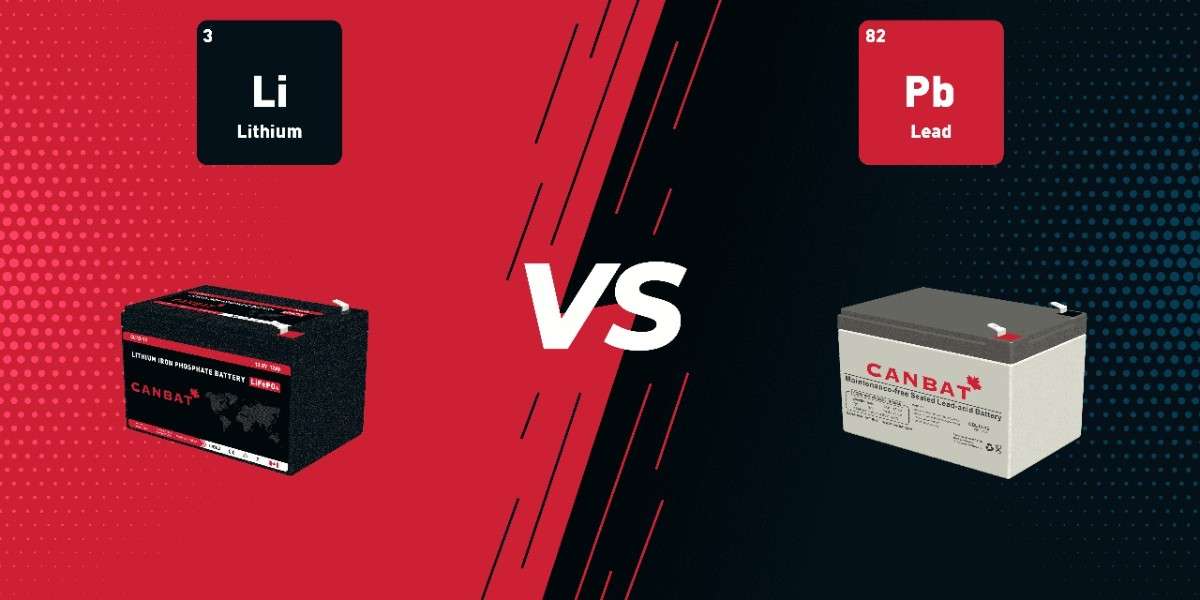The Environmental Impact of Lithium-Ion vs Lead-Acid Batteries
As the demand for energy storage grows, two battery types dominate the market: Lithium-Ion and Lead-Acid. Both power everything from vehicles to renewable energy systems, but their environmental footprints are quite different.
1. Lithium-Ion Batteries
Lithium-ion batteries are widely used in electric vehicles, smartphones, and modern energy systems due to their high efficiency, long lifespan, and lightweight design. Environmentally, they produce fewer emissions during use compared to lead-acid, making them a greener choice in the long run.
2. Environmental Impact:
Require mining of lithium, cobalt, and nickel, which can harm ecosystems.
Harder to recycle compared to lead-acid, though new technologies are improving recovery rates.
Longer lifespan reduces overall waste generation.
3. Lead-Acid Batteries
Lead-acid batteries are older, cheaper, and still used in automobiles, UPS systems, and industrial applications. While they are less efficient, they are highly recyclable, with recycling rates over 90%.
4.Environmental Impact:
Lead mining and smelting can cause soil and water contamination.
Shorter lifespan means more frequent replacements, increasing waste.
Recycling reduces environmental harm but requires strict regulation to prevent lead exposure.
Conclusion
Lithium-Ion batteries are more efficient and eco-friendly in usage, but mining and recycling remain challenges.
Lead-Acid batteries are easier to recycle but pose significant risks due to toxic lead.
In the push for sustainability, Lithium-Ion is emerging as the greener choice, especially as recycling technologies advance and renewable energy adoption grows.

